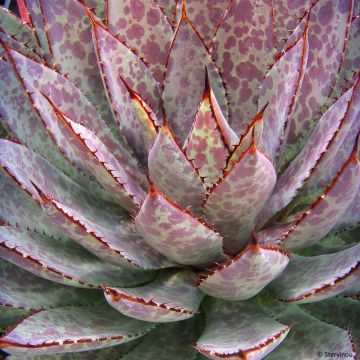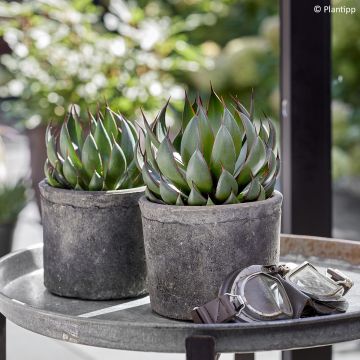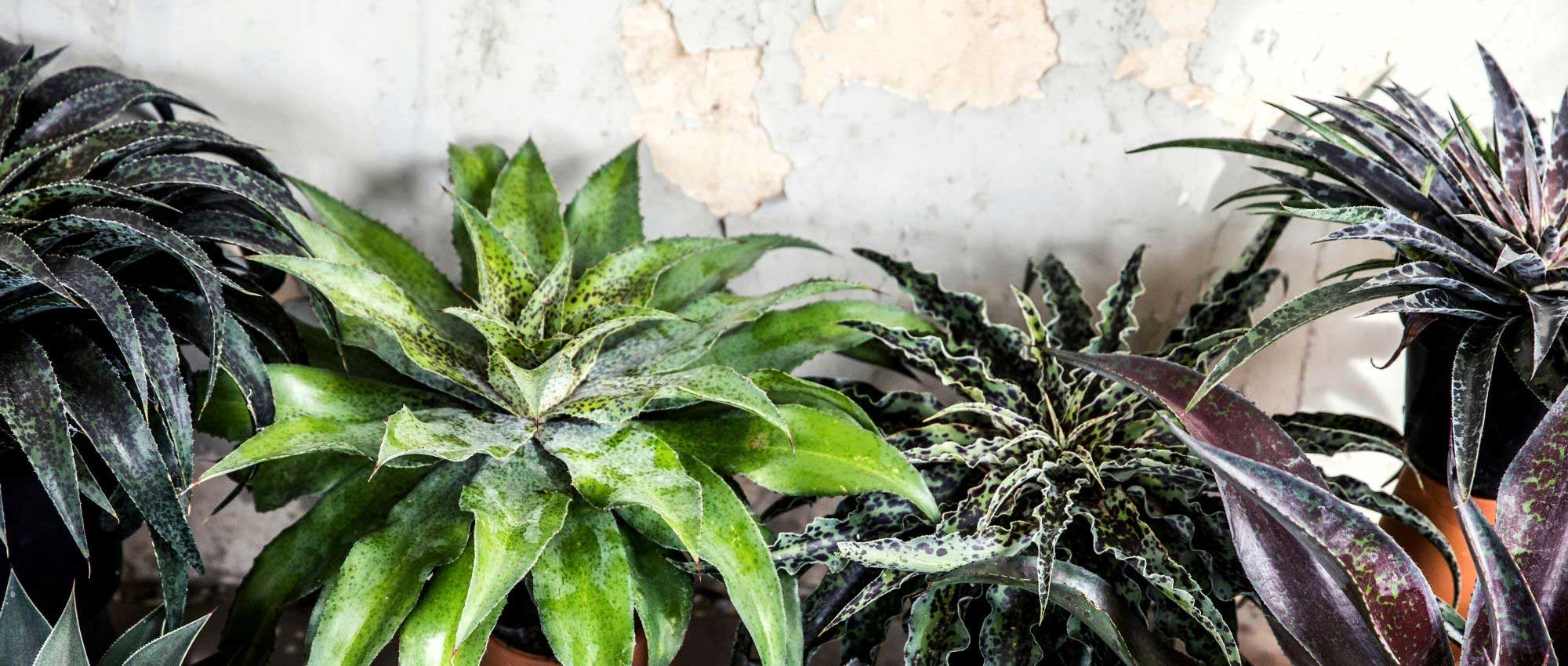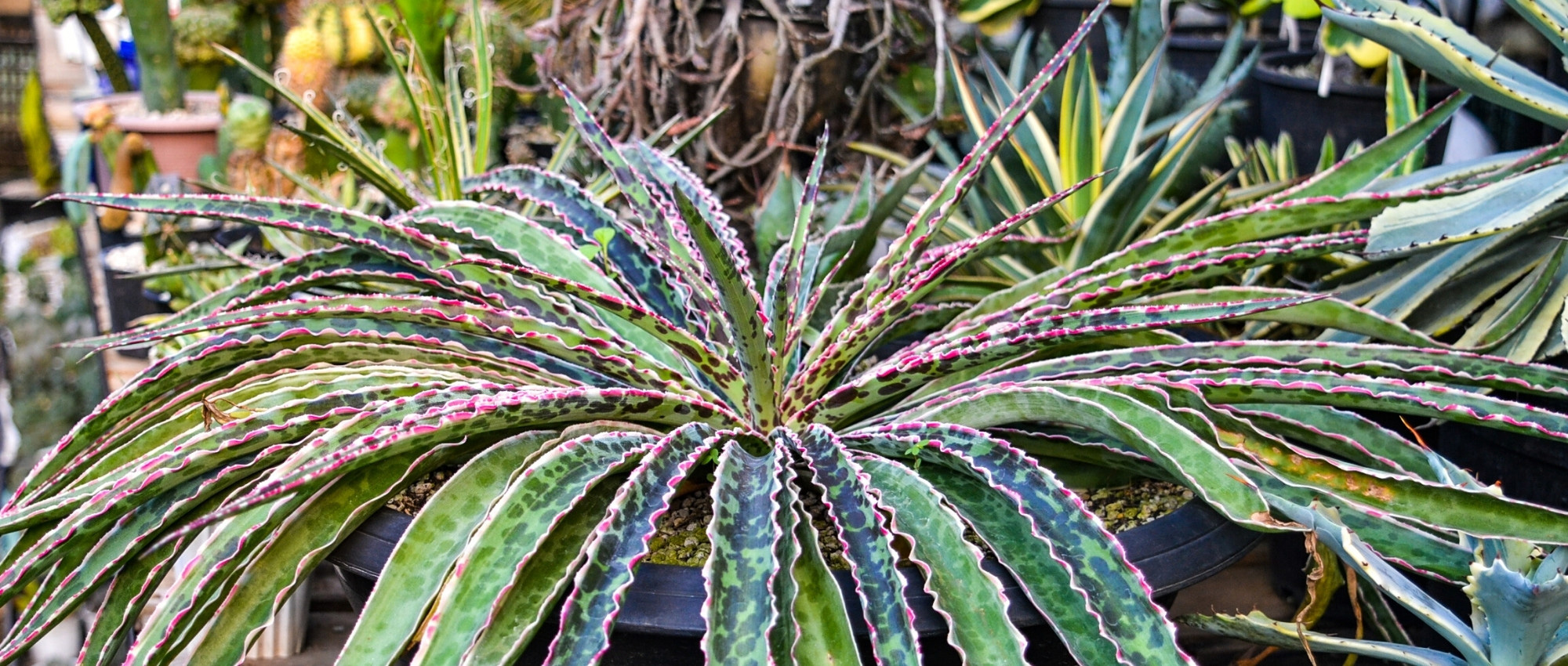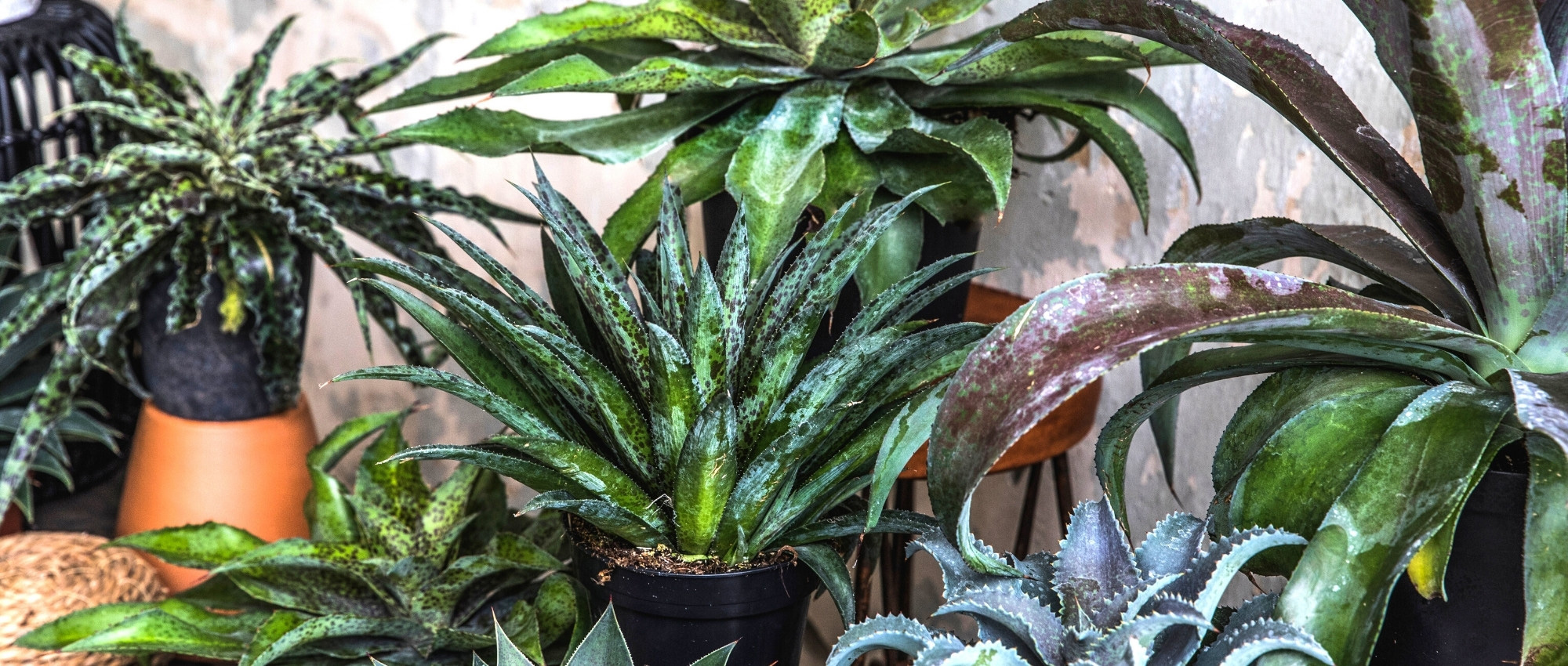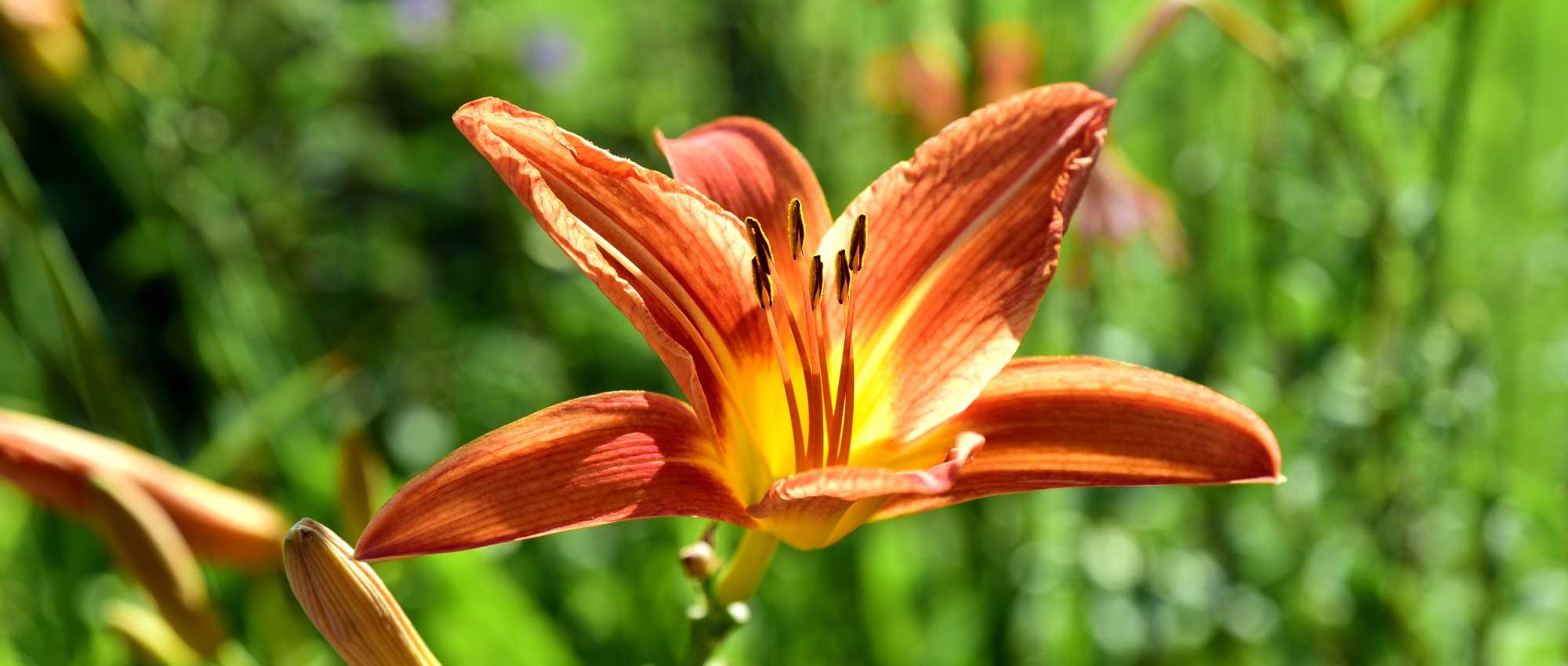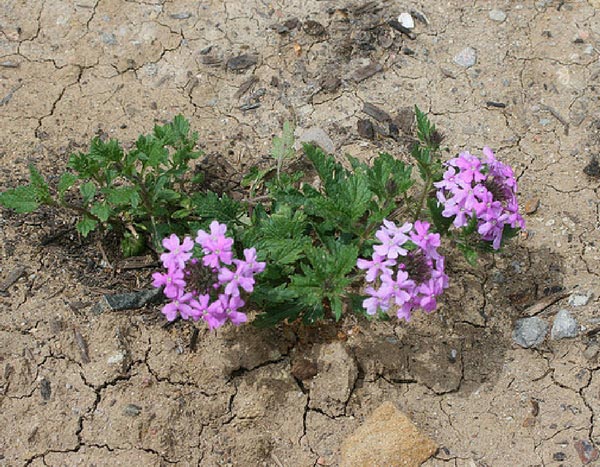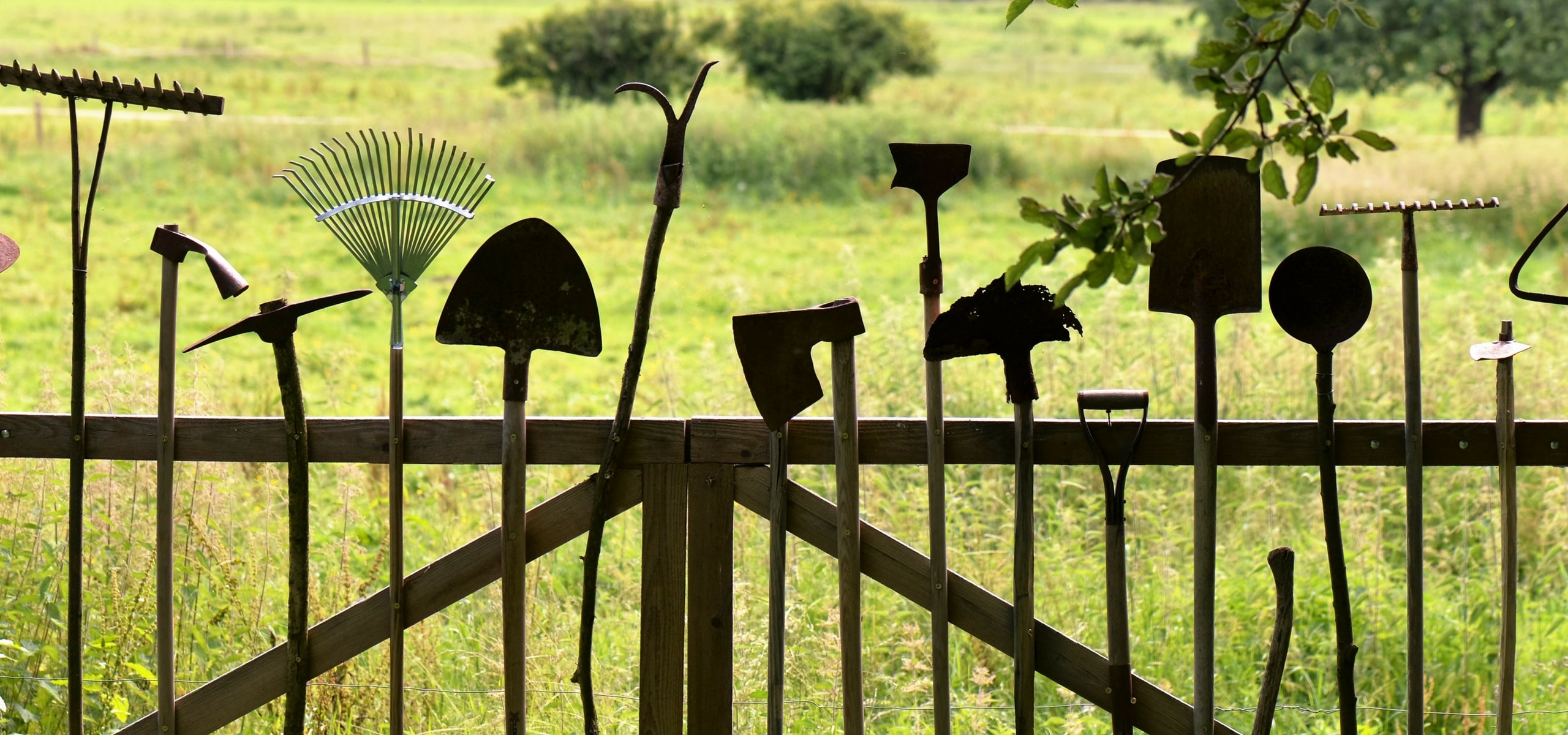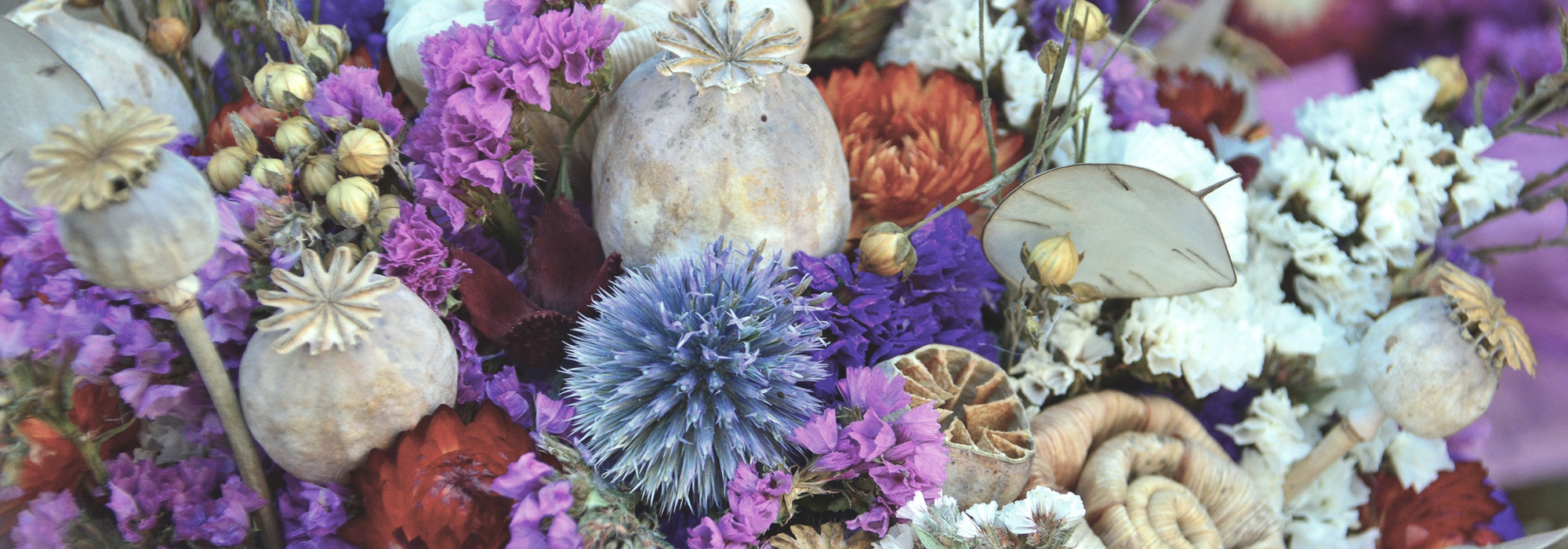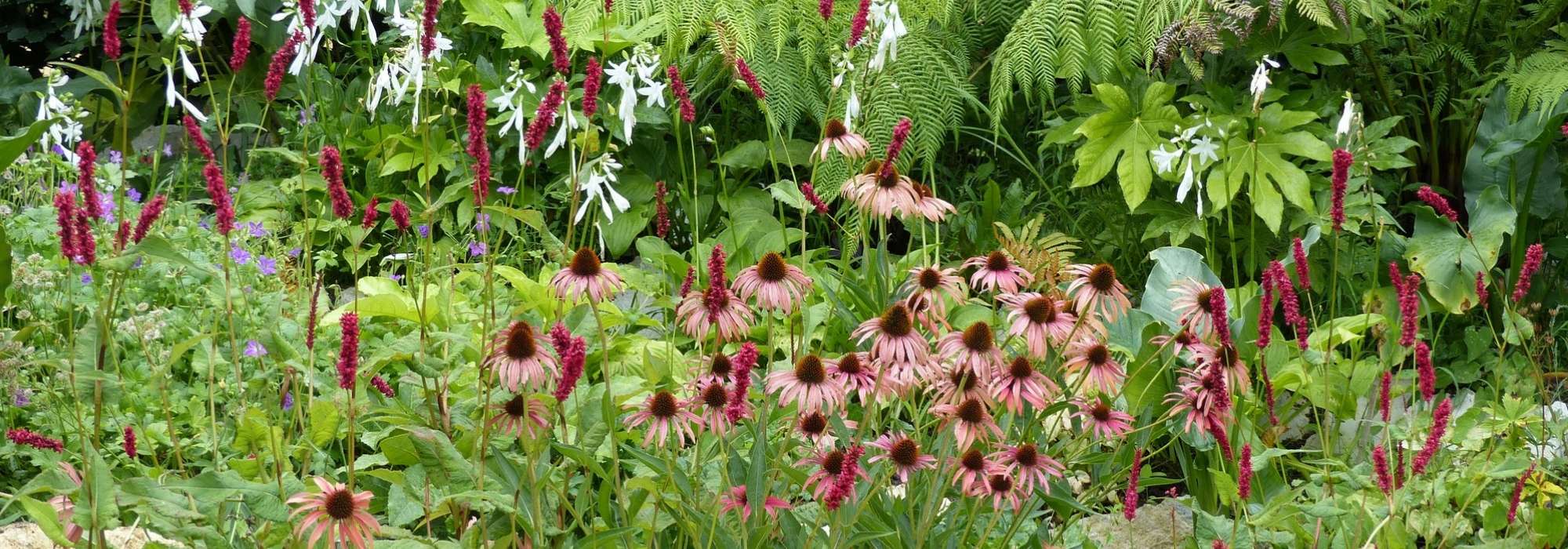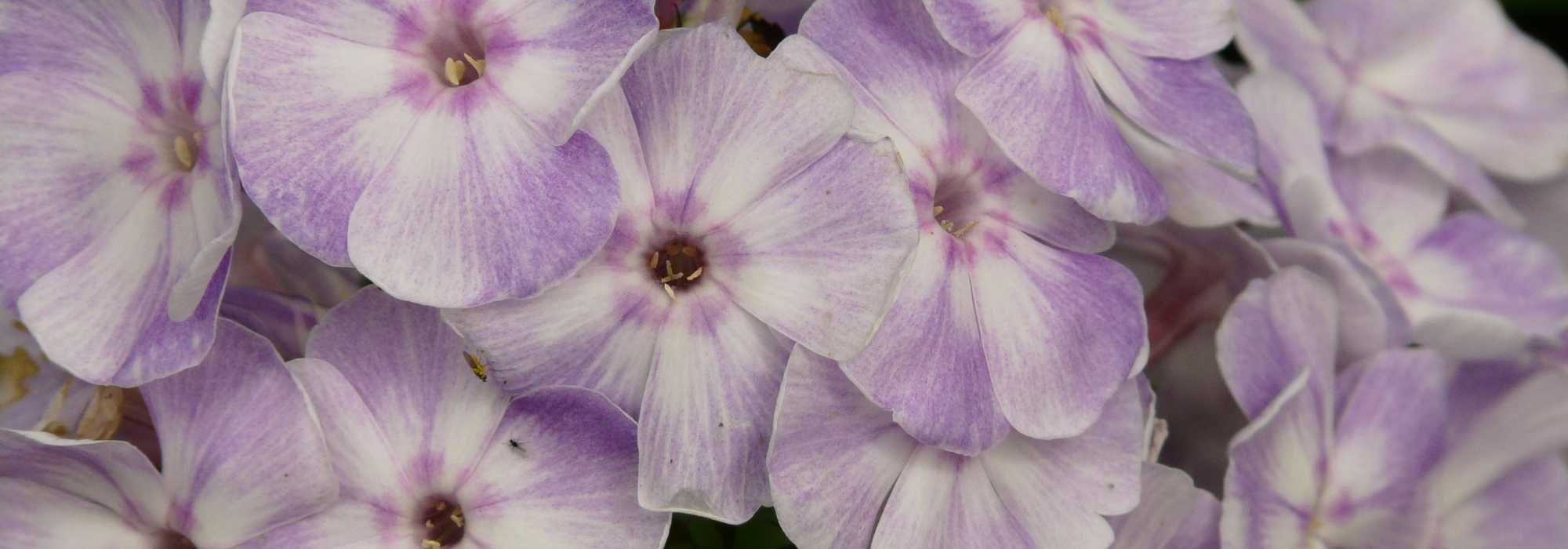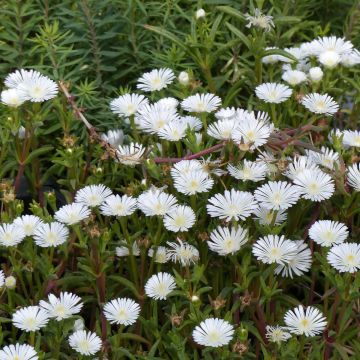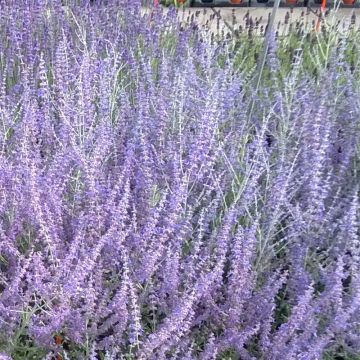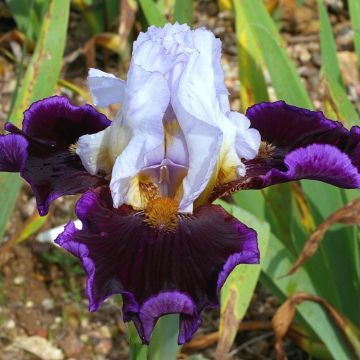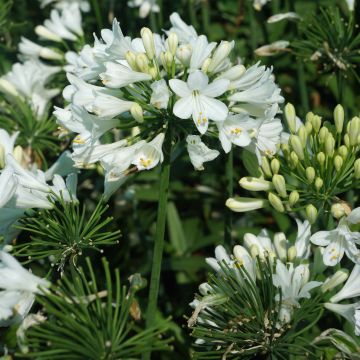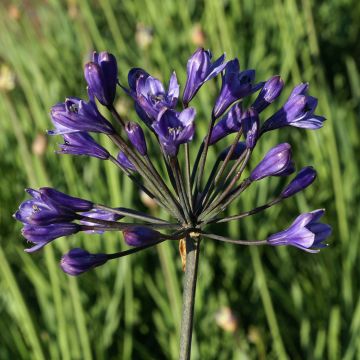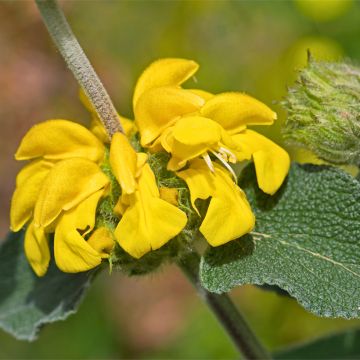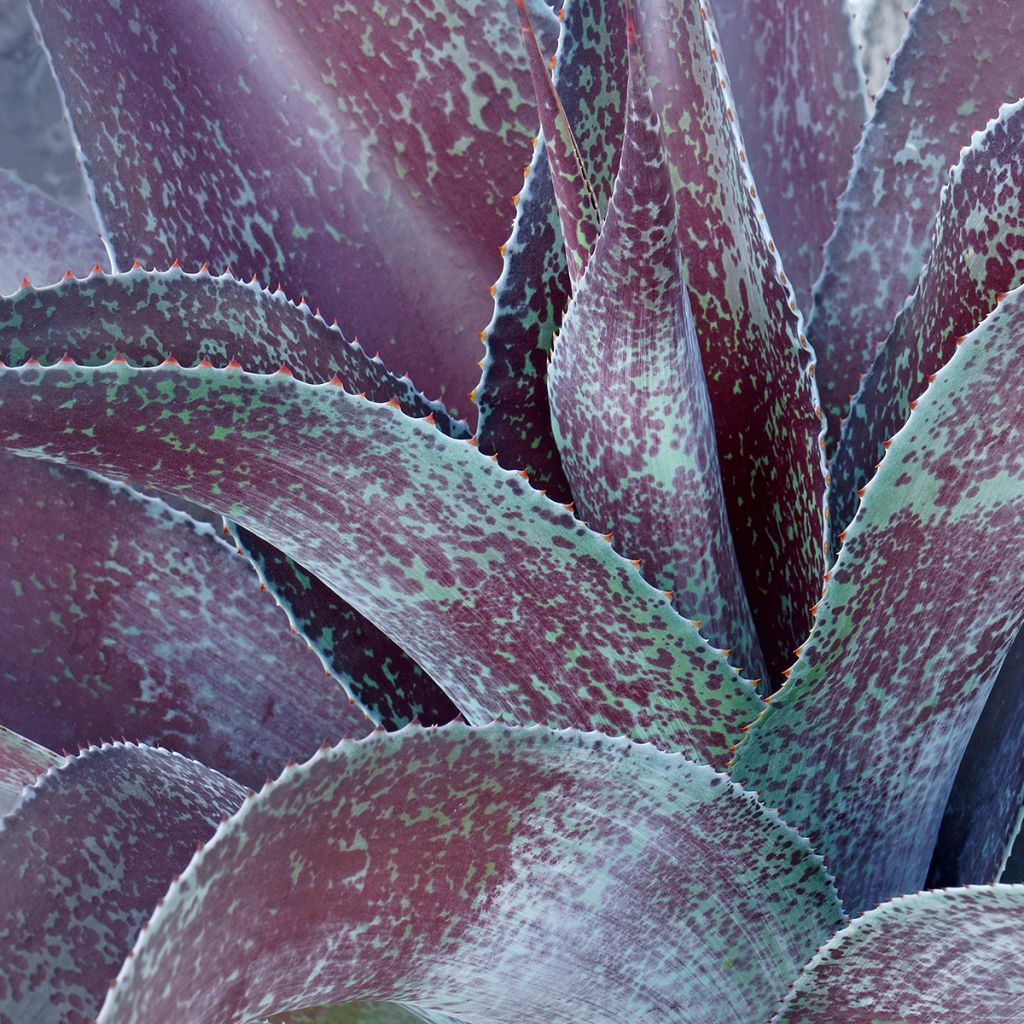

Agave undulata Purple passion
Agave undulata Purple passion
Agave undulata Purple passion (MANGAVE® series)
Undulate Agave, Wavy Leaved Agave
Special offer!
Receive a €20 voucher for any order over €90 (excluding delivery costs, credit notes, and plastic-free options)!
1- Add your favorite plants to your cart.
2- Once you have reached €90, confirm your order (you can even choose the delivery date!).
3- As soon as your order is shipped, you will receive an email containing your voucher code, valid for 3 months (90 days).
Your voucher is unique and can only be used once, for any order with a minimum value of €20, excluding delivery costs.
Can be combined with other current offers, non-divisible and non-refundable.
Why not try an alternative variety in stock?
View all →This plant carries a 12 months recovery warranty
More information
We guarantee the quality of our plants for a full growing cycle, and will replace at our expense any plant that fails to recover under normal climatic and planting conditions.
Would this plant suit my garden?
Set up your Plantfit profile →
Description
Mangave or Agave undulata 'Purple Passion' is an amazing hybrid resulting from the cross-breeding between an Agave and a Manfreda. It is a spectacular succulent plant, which forms a large rosette of wide, glossy-textured leaves. Foliage that will colour even more intensely when exposed to the sun. Drought-resistant but not very hardy, this plant is eye-catching when potted on the terrace. In seaside gardens or very mild climates, it will thrive in a rockery.
Mangave 'Purple Passion' belongs to the Agavaceae family, now included by botanists in the much larger Asparagaceae family. This plant develops quite rapidly into a well-filled rosette, 50 cm tall and about 60 cm wide, composed of numerous succulent leaves that are wide, long, and pointed. The leaves are gutter-shaped, tapering to a point, and bordered by small, slightly prickly thorns. Their shiny leaf is bronze-green in winter, gradually turning green-brown, purple, and aubergine violet in full sun. Flowering will occur in favourable climates on mature plants, from August to October. A branched flower spike bearing small star-shaped flowers emerges from the centre of the rosette. Mangaves are plants for dry, well-drained soil, capable of withstanding short frosts of around -5 to -7°C depending on the variety. They should be placed in full sun or at most partial shade in hot climates. The vegetation persists in winter.
To create exotic scenes in mild climates, Mangave 'Purple Passion' can be planted in a rockery, alongside other small agaves, sedums, or other differently coloured Mangaves. Collectors of cacti and other succulent plants can showcase it on the terrace or balcony by surrounding it with pots filled with houseleeks.
Agave undulata Purple passion in pictures
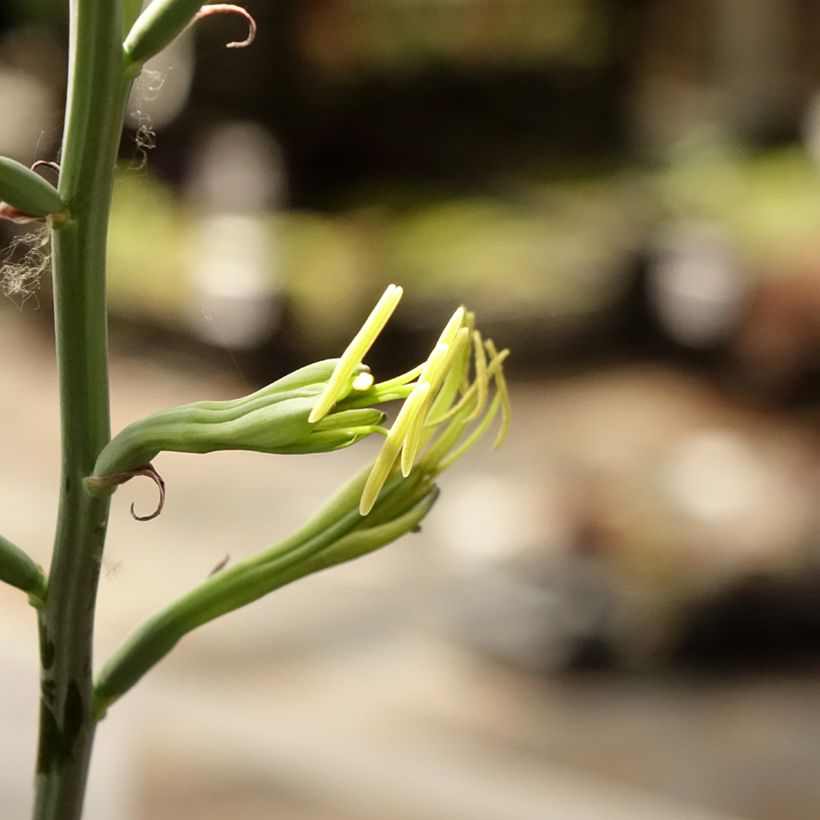

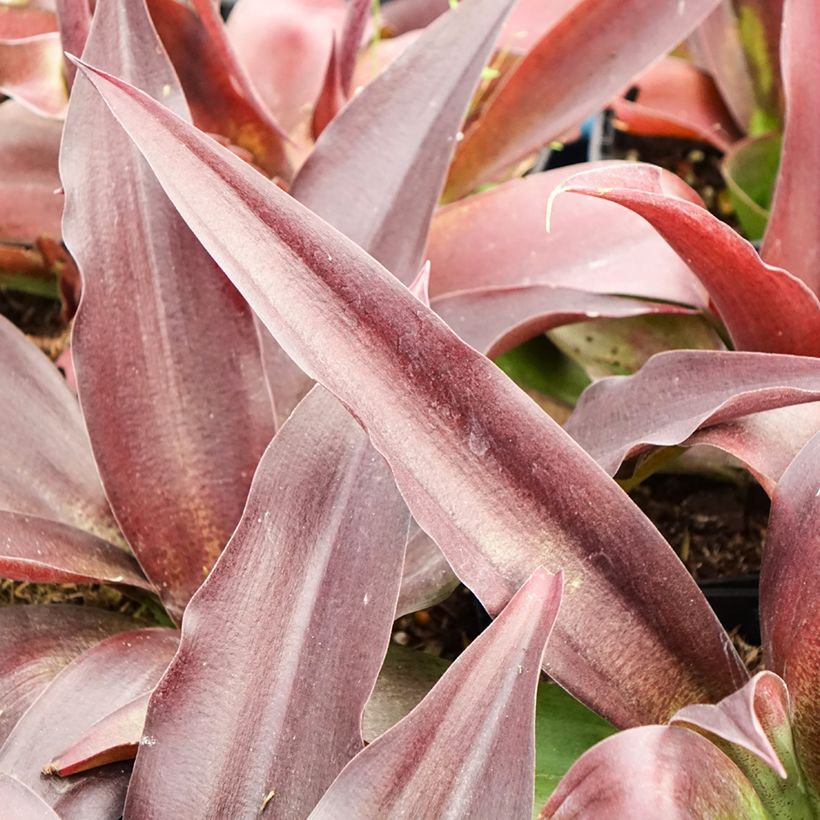

Flowering
Foliage
Plant habit
Botanical data
Agave
undulata
Purple passion (MANGAVE® series)
Agavaceae
Undulate Agave, Wavy Leaved Agave
Agave 'Purple Passion' ( MANGAVE® series )
Cultivar or hybrid
Planting and care
Plant the 'Purple Passion' Mangave preferably in full sun, or in partial shade in the hottest and sunniest regions. Plant it in very well-draining soil, even poor, rocky or sandy: it does not tolerate winter moisture and cold well but does a little better in dryer cold, in dry soil. Since it adapts perfectly to dry soils, even arid in summer, it can be considered to be planted in a rockery or on a rocky slope, in seaside gardens or in mild climates, where frost does not go below -5°C at its lowest point.
This plant can easily be grown in a pot on the terrace or balcony, in a light substrate such as cactus soil, with careful drainage, preferably in terracotta. Choose a wide and heavy pot for stability. Water regularly in summer, but let the substrate dry between 2 waterings. It will then be easy to store the pot away from strong frost and humidity, in a bright, well-ventilated, lightly heated or unheated room. Reduce or even stop watering in winter. The plant can spend the warm season, from April to October, outdoors.
Planting period
Intended location
Care
Planting & care advice
This item has not been reviewed yet - be the first to leave a review about it.
Similar products
Haven't found what you were looking for?
Hardiness is the lowest winter temperature a plant can endure without suffering serious damage or even dying. However, hardiness is affected by location (a sheltered area, such as a patio), protection (winter cover) and soil type (hardiness is improved by well-drained soil).

Photo Sharing Terms & Conditions
In order to encourage gardeners to interact and share their experiences, Promesse de fleurs offers various media enabling content to be uploaded onto its Site - in particular via the ‘Photo sharing’ module.
The User agrees to refrain from:
- Posting any content that is illegal, prejudicial, insulting, racist, inciteful to hatred, revisionist, contrary to public decency, that infringes on privacy or on the privacy rights of third parties, in particular the publicity rights of persons and goods, intellectual property rights, or the right to privacy.
- Submitting content on behalf of a third party;
- Impersonate the identity of a third party and/or publish any personal information about a third party;
In general, the User undertakes to refrain from any unethical behaviour.
All Content (in particular text, comments, files, images, photos, videos, creative works, etc.), which may be subject to property or intellectual property rights, image or other private rights, shall remain the property of the User, subject to the limited rights granted by the terms of the licence granted by Promesse de fleurs as stated below. Users are at liberty to publish or not to publish such Content on the Site, notably via the ‘Photo Sharing’ facility, and accept that this Content shall be made public and freely accessible, notably on the Internet.
Users further acknowledge, undertake to have ,and guarantee that they hold all necessary rights and permissions to publish such material on the Site, in particular with regard to the legislation in force pertaining to any privacy, property, intellectual property, image, or contractual rights, or rights of any other nature. By publishing such Content on the Site, Users acknowledge accepting full liability as publishers of the Content within the meaning of the law, and grant Promesse de fleurs, free of charge, an inclusive, worldwide licence for the said Content for the entire duration of its publication, including all reproduction, representation, up/downloading, displaying, performing, transmission, and storage rights.
Users also grant permission for their name to be linked to the Content and accept that this link may not always be made available.
By engaging in posting material, Users consent to their Content becoming automatically accessible on the Internet, in particular on other sites and/or blogs and/or web pages of the Promesse de fleurs site, including in particular social pages and the Promesse de fleurs catalogue.
Users may secure the removal of entrusted content free of charge by issuing a simple request via our contact form.
The flowering period indicated on our website applies to countries and regions located in USDA zone 8 (France, the United Kingdom, Ireland, the Netherlands, etc.)
It will vary according to where you live:
- In zones 9 to 10 (Italy, Spain, Greece, etc.), flowering will occur about 2 to 4 weeks earlier.
- In zones 6 to 7 (Germany, Poland, Slovenia, and lower mountainous regions), flowering will be delayed by 2 to 3 weeks.
- In zone 5 (Central Europe, Scandinavia), blooming will be delayed by 3 to 5 weeks.
In temperate climates, pruning of spring-flowering shrubs (forsythia, spireas, etc.) should be done just after flowering.
Pruning of summer-flowering shrubs (Indian Lilac, Perovskia, etc.) can be done in winter or spring.
In cold regions as well as with frost-sensitive plants, avoid pruning too early when severe frosts may still occur.
The planting period indicated on our website applies to countries and regions located in USDA zone 8 (France, United Kingdom, Ireland, Netherlands).
It will vary according to where you live:
- In Mediterranean zones (Marseille, Madrid, Milan, etc.), autumn and winter are the best planting periods.
- In continental zones (Strasbourg, Munich, Vienna, etc.), delay planting by 2 to 3 weeks in spring and bring it forward by 2 to 4 weeks in autumn.
- In mountainous regions (the Alps, Pyrenees, Carpathians, etc.), it is best to plant in late spring (May-June) or late summer (August-September).
The harvesting period indicated on our website applies to countries and regions in USDA zone 8 (France, England, Ireland, the Netherlands).
In colder areas (Scandinavia, Poland, Austria...) fruit and vegetable harvests are likely to be delayed by 3-4 weeks.
In warmer areas (Italy, Spain, Greece, etc.), harvesting will probably take place earlier, depending on weather conditions.
The sowing periods indicated on our website apply to countries and regions within USDA Zone 8 (France, UK, Ireland, Netherlands).
In colder areas (Scandinavia, Poland, Austria...), delay any outdoor sowing by 3-4 weeks, or sow under glass.
In warmer climes (Italy, Spain, Greece, etc.), bring outdoor sowing forward by a few weeks.
































